Of the Thymus As the primary organ of the lymphatic system, it plays an important role in the human immune system. The T lymphocytes responsible for the acquired immune system mature within the thymus.
What is the thymus?
As Thymus is an organ consisting of two asymmetrically shaped lobes, which is located in the anterior mediastinum (middle layer) behind the sternum (breastbone).
The organ emerges from the endoderm (epithelium of the second and third pharynx) at the end of the first embryonic month and grows to a size of around 35 to 50 g, especially in childhood until sexual maturity occurs. Subsequently, the thymus cells regress and transform into functionless fat tissue (so-called thymus involution), so that the thymus tissue can no longer be macroscopically delimited in the majority of adults.
Since the thymus, unlike the other lymphatic organs (including Peyer's plaques, spleen), does not arise exclusively from the mesoderm (middle cotyledon), but from all three cotyledons, it is also referred to as the lymphoepithelial organ.
Anatomy & structure
Of the Thymus is located in the anterior mediastinum behind the sternum and is surrounded by an organ capsule made of collagenous connective tissue.
The lymphoepithelial organ is divided into two asymmetrical lobules, which are traversed by a central medullary cord and have a cortical zone. The basic structure of the thymus is a network consisting of radially (star-shaped) branched epithelial cells connected to one another via cytoplasmic processes. The epithelial cells in turn form cell cords and spherical cell clusters in the medullary zone, the so-called Hassall corpuscles, and accumulate on the surface of the lobules in an epithelial manner.
While innumerable lymphocytes are stored in the cortical zone, which develop and differentiate there, in the marrow zone, in addition to mature T lymphocytes, there are primarily macrophages and epithelial cells. The arterial supply of the organ is ensured primarily by the rami thymici, which emerges from the arteria thoracica interna, while the venae thymicae ensures the venous outflow.
Function & tasks
The primary function of the Thymus consists as the primary organ of the lymphatic system in the development and differentiation of the T lymphocytes responsible for adaptive (acquired) and cell-mediated immunity.
Already during the fetal period or fetogenesis, lymphocytes from the bone marrow are deposited in the thymus, where they receive their immunological character. For this purpose, the reticular or epithelial cells of the thymus endocrine so-called thymus factors or hormones. These polypeptides (including thymopoietin I and II, thymosin) stimulate the differentiation of thymocytes (pluripotent stem cells derived from the bone marrow and stored in the thymus) into mature T lymphocytes.
During maturation into T-lymphocytes, the blood-thymus barrier blocks contact with the body's own antigens. The mature T lymphocytes then migrate through the bloodstream to the secondary lymphatic organs. In addition, the thymus influences body growth and bone metabolism.
Following puberty, the thymus gradually loses its function in the course of involution, as the parenchyma (organ-specific tissue) is gradually replaced by fatty tissue. A differentiation between the cortical and marrow zone and a delimitation of the lobules is then usually no longer possible.
Illnesses & ailments
Of the Thymus can be affected by various impairments, particularly pathological changes. In the case of thymus aplasia, for example, the predisposition to develop the thymus may be present, but it cannot develop.
This lack of thymus development can lead to pronounced immunodeficiencies and can be observed in the context of DiGeorge syndrome and other chromopathies as well as retinoid embryopathy, ataxia telangiectatica (Louis Bar syndrome) and Wiskott-Aldrich syndrome. A hyperplastic enlargement of the thymus, which regresses spontaneously, can often be detected, especially in early infancy, which is associated with mechanical displacement phenomena in the neighboring organs, especially in the trachea (windpipe) and the bronchi, and can lead to shortness of breath.
In addition, retarded development with the formation of a reduced thymus (thymus hypoplasia) as a result of insufficient development and maturation of T lymphocytes can cause severe immunodeficiencies with pronounced infections and an increased susceptibility to infections. In addition, the thymus can cause a tumor disease (thymoma or thymus carcinoma), which usually affects women more frequently and is associated with inspiratory stridor as well as dyspnoea and dysphagia as a result of compression of the intrathoracic organs.
About a fifth of these tumoral diseases of the thymus can also be associated with myasthenia gravis pseudoparalytica (severe autoimmune disease of the skeletal muscles).
You can find your medication here
➔ Medicines to strengthen the defense and immune system

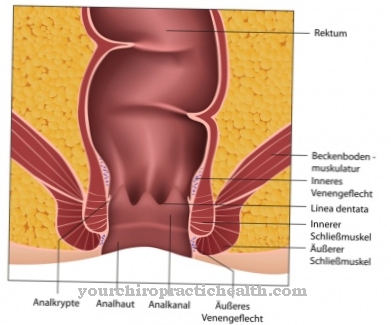
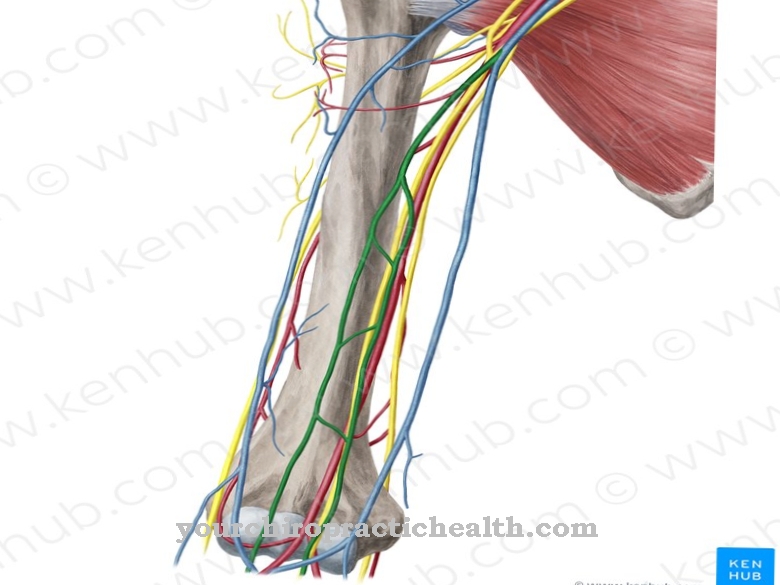
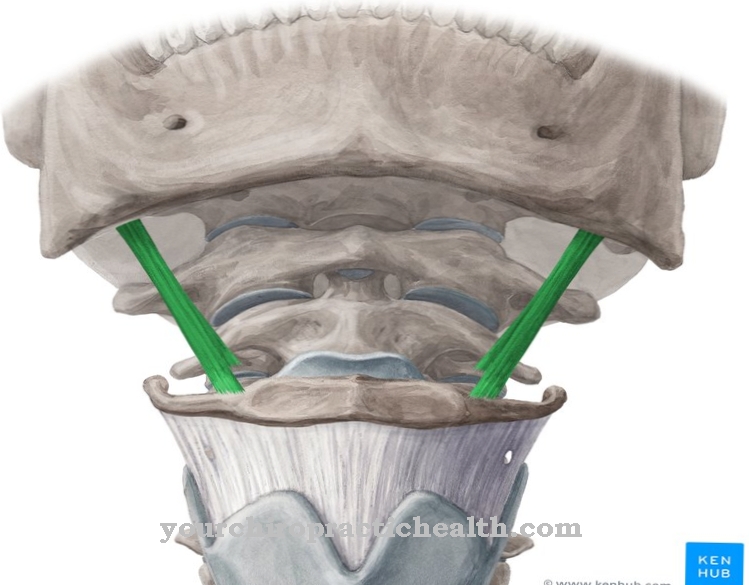
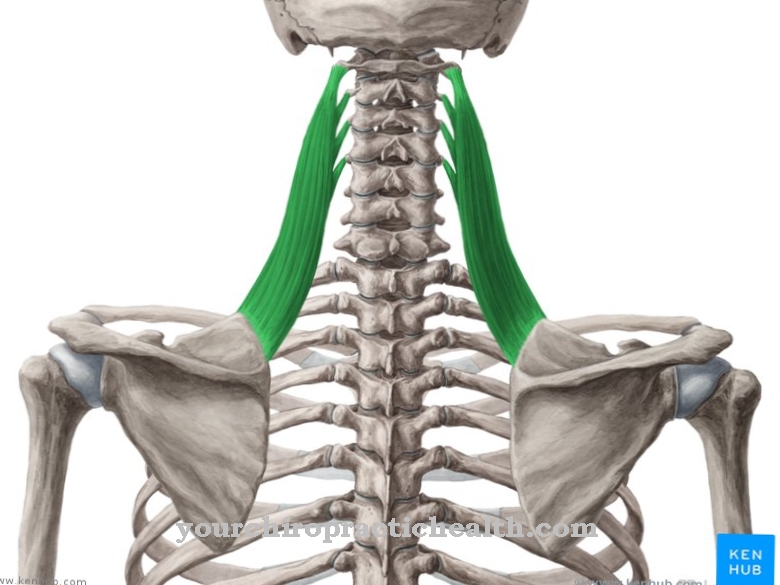
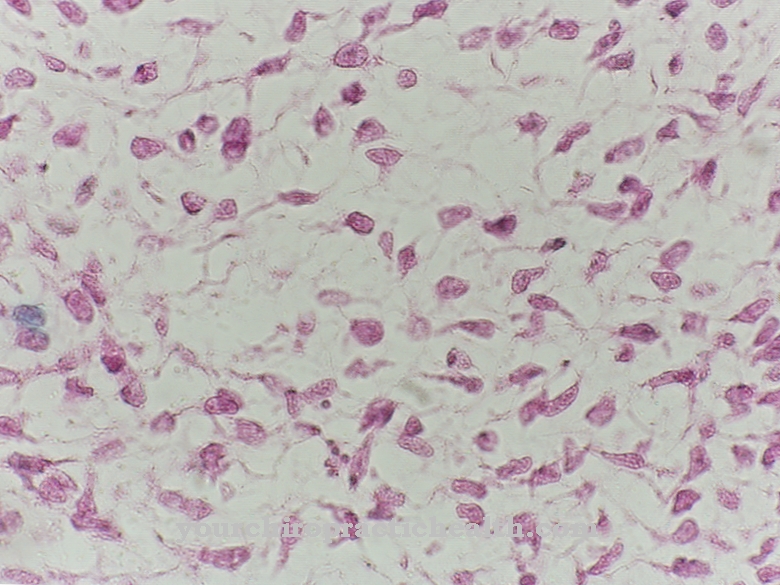







.jpg)

.jpg)
.jpg)











.jpg)